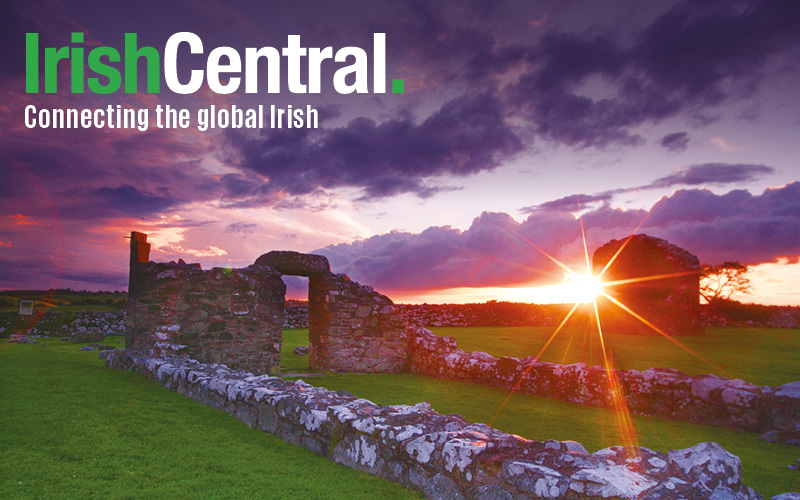Many of us always want to know who we are, where we come from and perhaps who were our ancestors that came before us. As a young man from Ireland I always had an interest in Irish history, even tracing my own ancestry.
It all started in 2003 talking to elderly relatives who told stories of inexplicable results. I spent the past few years trying to get information on my great-grandparents and generations before them; this led to hitting brick walls, such as the difficulty of accessing church records and the lack of census records for Ireland dating to the 1800’s.
One thing I can attest to is that making the 1901 and 1911 Irish censuses available for free online has led to many facts and stories being uncovered. Many people still might not talk about the stories they come across as there is still an abhorrence of what they may uncover throughout the process of tracing genealogy.
In the summer of 2011 when tracing my own ancestry I went to visit a distant relative whom I had never met before. This elderly woman told me of my great-grandfather’s brother being in the British army and taking part in the First World War. When I heard this I was astounded as I had never heard any of this before.
I returned home that day and I began tracing the life of a man who was never remembered. I discovered this man’s name was John Rourke. He was born in the mid 1890’s in a small area called Rathcore, in County Meath. It was new information to my whole family about our great granduncle taking part in the First World War.
Knowing this, I researched further and discovered he was the son of a farm laborer and came from a poor background. His mother, Anne Rourke, died in 1906 during childbirth when John was ten years old. In the 1911 census he is recorded as still living at home. At this time this part of Ireland would not have been prosperous and would have featured a primarily poor rural life. People either worked the land or emigrated.
There are not many more records to show how John Rourke came to joining the British Army, but as First World War was breaking out in 1914, he would have been living in an area with very high unemployment. This would probably have driven him to the decision to join the British Army. This was turbulent time in Ireland. The country was struggling for independence from the United Kingdom and being a member of the British Army would have been frowned upon in Ireland by some local people. From this I concluded that this must be why he was never known about in my family.
I eventually discovered that John was a member of the Second Battalion in the Connaught Rangers, who were involved in the battles in Belgium and France. I learned that he was sent out to battle front in Belgium where he was killed within only a few weeks of the start of the war on the Nov 1, 1914. He would have only been around 19 years of age.
It was a shock to discover that he was not remembered in Ireland in many ways and that I did not know where his final resting place was.
I waited a few weeks and started my journey of discovering who this person was. I went to Belgium with my family and we rented a minibus and traveled for a weekend visiting different cemeteries till we discovered his resting place. He was buried near where he was shot and killed in action. This was not a dry eye left near his stone, which only read his name and date of death.
Two days letter I returned home wanting to find out more about his family. I discovered that he came from a house that is known as a Parnellite cottage. He lived in an area where there was only a church and a public house. So with this I decided to set up a website to help people find and trace their Irish ancestry for free online. I believe in people not having to pay for access to records online and in making records more available online. The site is called www.familyresearchireland.com and it’s a site that provides free access and recommendations online for free.
One of best ways you can start tracing your ancestry is by asking elderly relatives or people within your family who may know about some of your family history, even if you have only small bit of information to start your search. The 1901 and 1911 censuses are a brilliant online resource for tracing your roots in Ireland and these records are freely available on the Irish National Archives website. You can also check the registers of electors, although only some of them are available online.
Lastly, Griffith's Valuation is a great source for information on our ancestors from the mid1800’s. Griffith's Valuation is an especially important source as the census records for Ireland in the 1800’s are practically non-existent.
Just remember, you never know what information you will come across. Every ancestor has a wondrous story to tell.
If you would like more information visit Family Research Ireland's website on www.familyresearchireland.com or email me on support @ familyresearchireland.com you can find us on facebook or follow us on Twitter.




Comments